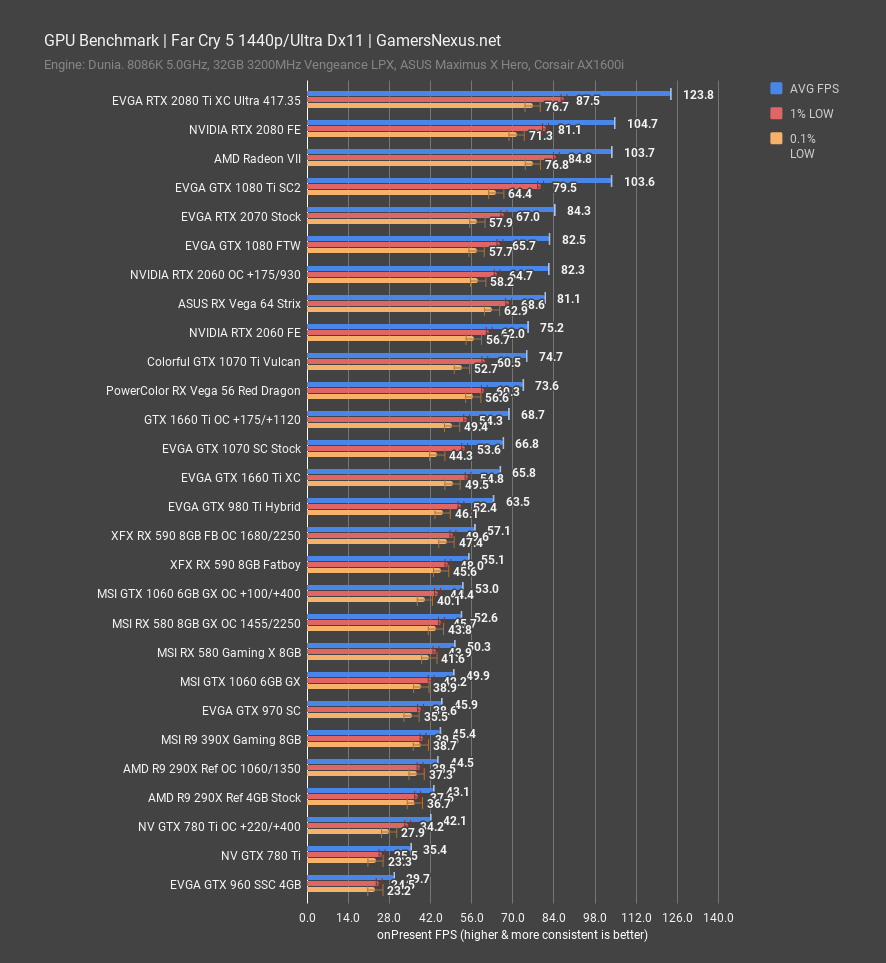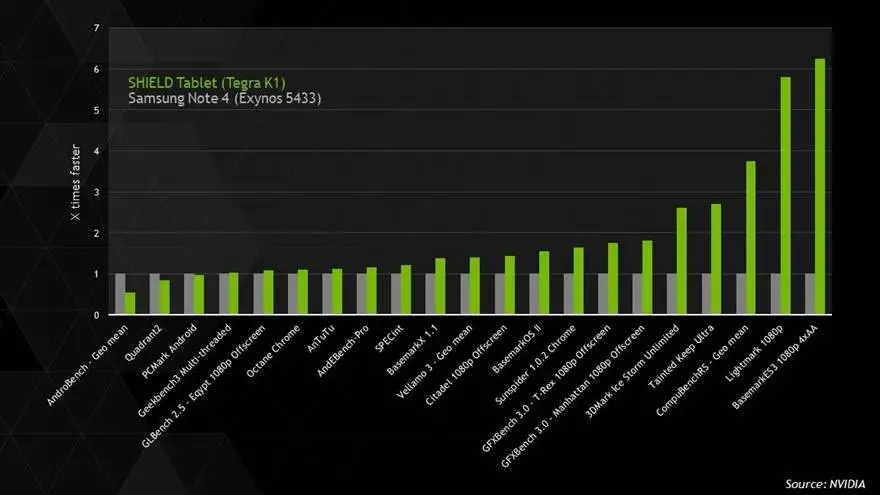

Enable "Internal Graphics" in the BIOS/CMOS settings."Intel® Quick Sync video" is available with the latest version of Bandicam.ĭownload the latest version of the Bandicam program from.Go to, download/install the latest " Intel® HD Graphics" driver.
#RECODE TO X265 NVIDIA VS QUICKSYNC DRIVER#

#RECODE TO X265 NVIDIA VS QUICKSYNC WINDOWS#

VBR (Variable bitrate) - Quality-based: VBR allows a higher bitrate for faster scenes and a lower bitrate for slower scenes, as a result, the recorded video size can be made smaller. 265 or HEVC) encoders which you would use with an AMD graphics card.( View the comparison of video codecs of Bandicam) H.264 is one of the most commonly used formats for the recording, compression, and distribution of high definition videos. Start Bandicam, and choose the " AV1/HEVC/H.264 (Intel Quick Sync video)" option. Select ' Extend these displays' from Multiple displays, and click. If you cannot find the " Intel(R) HD Graphics" option, please see the "FAQ" at the bottom of this page for further assistance. Right-click anywhere on the desktop and select ' Screen resolution'Ĭlick the " Detect" button, then click the " Another display not detected" button, choose the " Intel(R) HD Graphics" option from Display, and finally select " Try to connect anyway on: VGA" from Multiple displays:

You can activate the Intel Quick Sync Video by adding the display device You can activate the Intel Quick Sync Video by connecting a video cable to the monitor(s).ġ) Single monitor: Activate the Intel Quick Sync Video by connecting the mainboard and monitor like below:Ģ) Dual monitor: Activate the Intel Quick Sync Video by connecting the mainboard and monitor like below: If you're rocking a newer 8-core or better, then forget the hardware encoders and use x264/x265 with a Medium or slower preset, as the speed difference isn't likely to be a big factor, and the slower presets will allow for improved efficiency.To use Intel® Quick Sync Video encoder, you have to activate the Intel Quick Sync Video by connecting a video cable to the monitor(s) or adding a display device. For hardware encoders such as NVENC, you want to use the highest quality settings to get the best efficiency out of them. If size is important, I'll push that a bit higher. I typically have the encoder set to Quality (for best efficiency), with Constant Quality set between 22-26, depending on the video itself. Enough so that I often do my encoding on the laptop over my, admittedly pretty old, desktop. Tbh, I found the Haswell gen Quicksync to be slightly better.Ĭan't say anything about the newest Nvidia cards, but the newer Intel Quicksync encoders (using 11th gen Tiger Lake) I've been pretty impressed with. So I often stuck with x265 for my non-realtime encoding needs. On the GTX 960 (which uses a newer NVENC encoder than the rest of the Maxwell series), I wasn't especially impressed by the encoding efficiency.


 0 kommentar(er)
0 kommentar(er)
